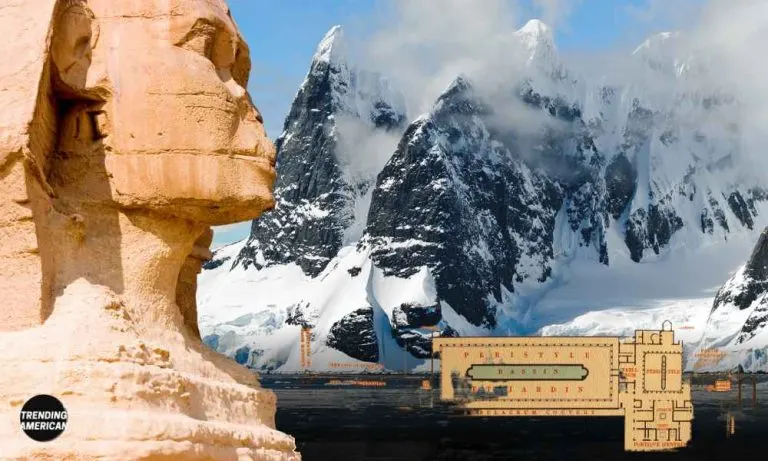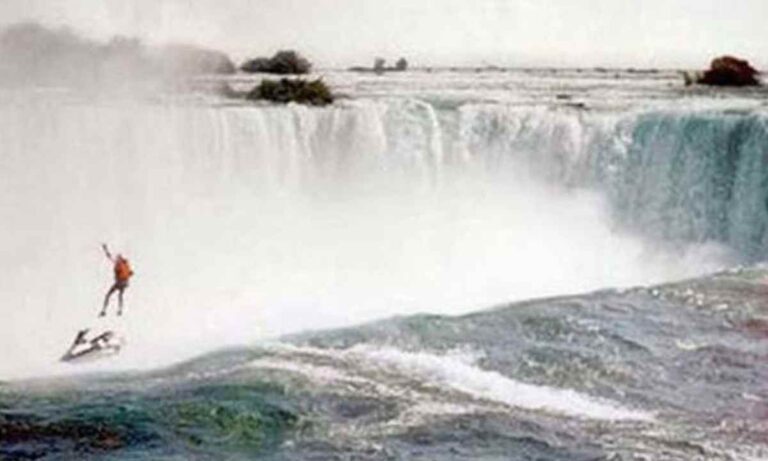The Water We Drink Is Over 3 Billion Years Old!
Are we drinking the same water molecules that Dinosaurs drank nearly 200 million years ago? We all know the water on this planet is old. It has been cycling through Earth’s systems for billions of years. Despite its continuous movement and transformation, the water molecules are old—dating back to Earth’s earliest formation. Now coming back to our original question, scientists estimate that some of the water we drink today could be more than 3 billion years old.
They also have a few hypotheses regarding the origin of this ancient water. One school theorizes the extraterrestrial origin of water through asteroids and comets. While another school says chemical reactions inside the earth might have given rise to the water. Or that water has been there on Earth since the beginning. Let us now explore these areas more thoroughly.
Water’s Cosmic Beginnings
The origin of Earth’s water has been a matter of scientific debate for decades. The formation of water molecules involves a simple yet powerful chemical process. The bonding of two hydrogen atoms with one oxygen atom (H2O). But this basic formation has its roots in the most violent processes in the universe.
The Big Bang, about 13.8 billion years ago, formed hydrogen, the universe’s most abundant element. Stars created oxygen later through nuclear fusion in their cores. When stars explode in supernovae, they release oxygen and other elements into space.
As these elements spread throughout the universe, they began to combine. In the cold regions of space, hydrogen and oxygen atoms could bond, forming water molecules. These molecules then became part of interstellar clouds of gas and dust, some of which would eventually coalesce to form solar systems, including our own.
“Water’s formation in space is a critical part of its journey to planets like Earth. Without the processes that occur inside stars, there would be no oxygen to combine with hydrogen, and hence, no water.”
Dr. Paul Hartogh, a planetary scientist at the Max Planck Institute
Water from Icy Asteroids and Comets
One primary theory suggests that icy asteroids and comets delivered water to Earth during the Late Heavy Bombardment when numerous space rocks hit Earth and other planets. This “extraterrestrial” hypothesis gains support from the fact that comets and asteroids hold large amounts of water ice.
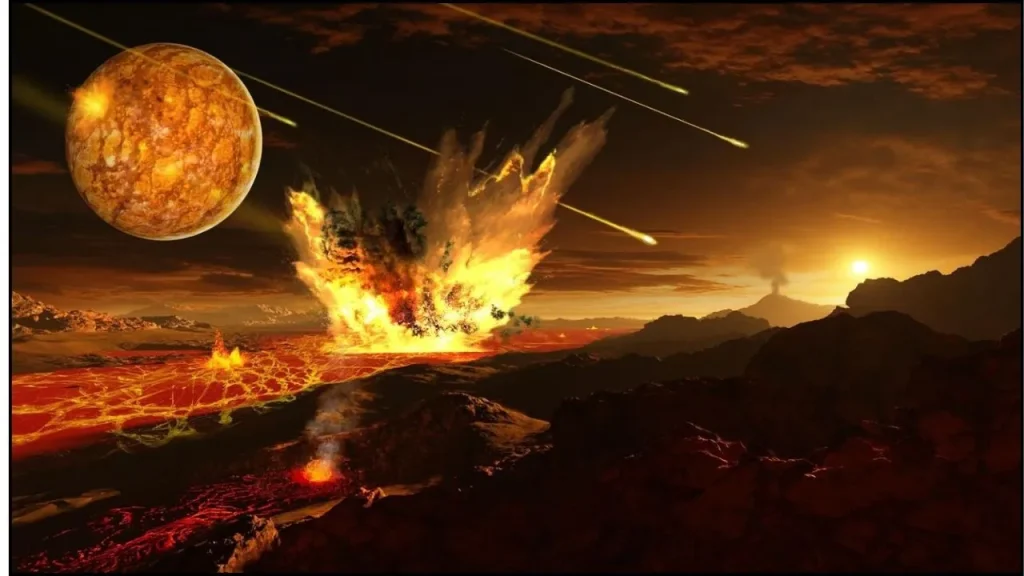
“When these icy bodies hit Earth, they melt, releasing their water onto the planet’s surface. Over millions of years, this water accumulated and formed Earth’s oceans.”
Dr. Lindy Elkins-Tanton, a planetary scientist at Arizona State University
Scientists believe that comets, composed of ice, dust, and rock, played a major role in delivering water to Earth during this period.
In support of this idea, scientists have detected water in samples of meteorites that originated from asteroids. These findings indicate that space rocks could indeed have carried water to Earth.
Water from Earth’s Interior
Another leading hypothesis suggests that chemical reactions deep inside the Earth formed water. Known as the “geological” hypothesis, this theory proposes that as Earth formed, hydrogen and oxygen—two abundant elements in the universe—combined to create water molecules.
Water may form from volcanic outgassing during Earth’s early formation. Volcanic activity would have released water vapor from minerals in the planet’s mantle, which eventually condensed to form oceans
water molecules were likely carried on the dust that existed in a disk around our Sun before the planets formed. Over time this water-rich dust was slowly drawn together to form our planet
Dr. Lydia Hallis
Recent studies suggest that water could have been present in Earth’s interior from the very beginning. This idea challenges the previous assumption that all water came from space and opens up the possibility that Earth itself produced some of its water through internal geological processes.
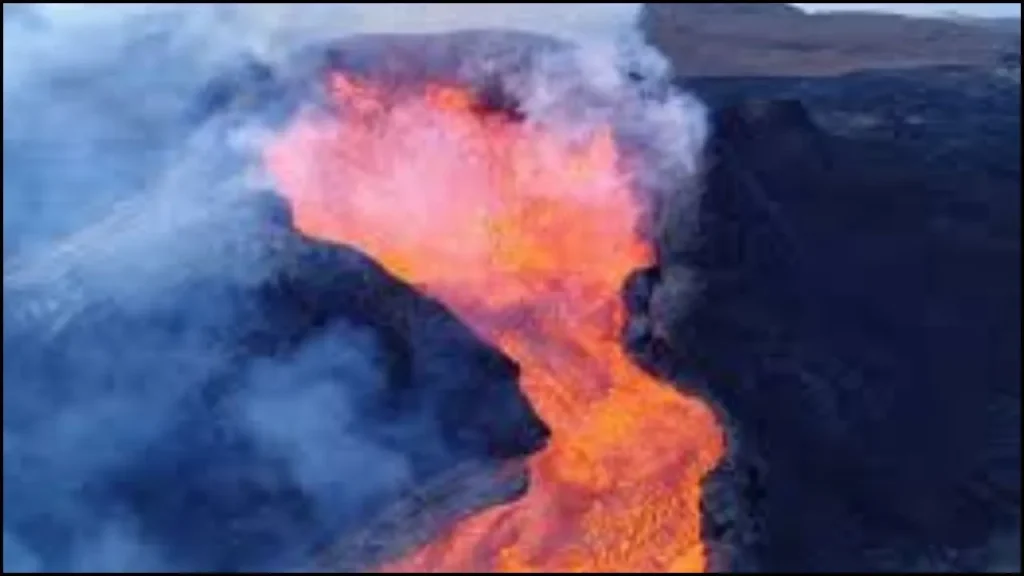
Dr. Lydia Hallis, Marie Curie Research Fellow at the University of Glasgow, Scotland, explains, “We found that the water had very little deuterium, which strongly suggests that it was not carried to Earth after it had formed and cooled. Instead, water molecules were likely carried on the dust that existed in a disk around our Sun before the planets formed. Over time this water-rich dust was slowly drawn together to form our planet.”
A combination of Sources
Most scientists now believe that Earth’s water likely came from a combination of both extraterrestrial and geological sources. Scientists still debate the exact ratio, but it’s clear that water is ancient and has existed on Earth for billions of years.
Water on Early Earth
As the Earth formed around 4.5 billion years ago, water was already present in the material that made up the planet. Whether this water was delivered by comets or formed through volcanic outgassing, it quickly became a fundamental part of Earth’s surface and atmosphere. By the time Earth cooled enough for liquid water to exist, oceans had already begun to form.
How Scientists Measure the Age of Water
Determining the age of water on Earth is complex, as water is constantly moving through the hydrological cycle. However, scientists have developed methods to estimate the age of water molecules.
Deuterium-to-Hydrogen Ratio
Deuterium, or “heavy hydrogen,” is an isotope of hydrogen with one extra neutron, making it slightly heavier. By measuring the ratio of deuterium to hydrogen in water samples from comets, asteroids, and Earth’s oceans, scientists can estimate the age of water and trace its origins.
“The deuterium-to-hydrogen ratio is a crucial tool for understanding where water came from. When we compare these ratios, we can determine if water on Earth matches water from asteroids or comets, giving us insight into the source.”
Dr. Karen Meech, an astronomer at the University of Hawaii.
Ratios in Earth’s oceans closely match those found in carbonaceous chondrite meteorites, suggesting that asteroids delivered a significant portion of Earth’s water. However, the debate continues regarding whether some water also originated from volcanic activity on Earth.
Ice Cores
Another method for studying ancient water is through the analysis of ice cores taken from glaciers and polar ice caps. These ice cores contain layers of ice that have been preserved for hundreds of thousands of years. Each layer traps water molecules, providing a record of past atmospheric conditions and the water’s age.
Dr. Eric Steig, a geochemist at the University of Washington, says, “Ice cores allow us to look at ancient water that has been locked in place for millennia. By studying these cores, we can learn about the history of water on Earth and its role in shaping the planet’s climate.”
The Hydrological Cycle: How Water is Recycled
Although the water molecules on Earth are ancient, water itself is constantly being recycled through the hydrological cycle. This cycle moves water through different parts of the Earth’s system, including the atmosphere, oceans, rivers, and groundwater.
Evaporation, Condensation, and Precipitation
The cycle begins with evaporation, where water from oceans, lakes, and rivers is converted into water vapor and rises into the atmosphere. Once in the atmosphere, the vapor cools and condenses into clouds. When the clouds become saturated, the water falls back to Earth as precipitation—rain, snow, or sleet.
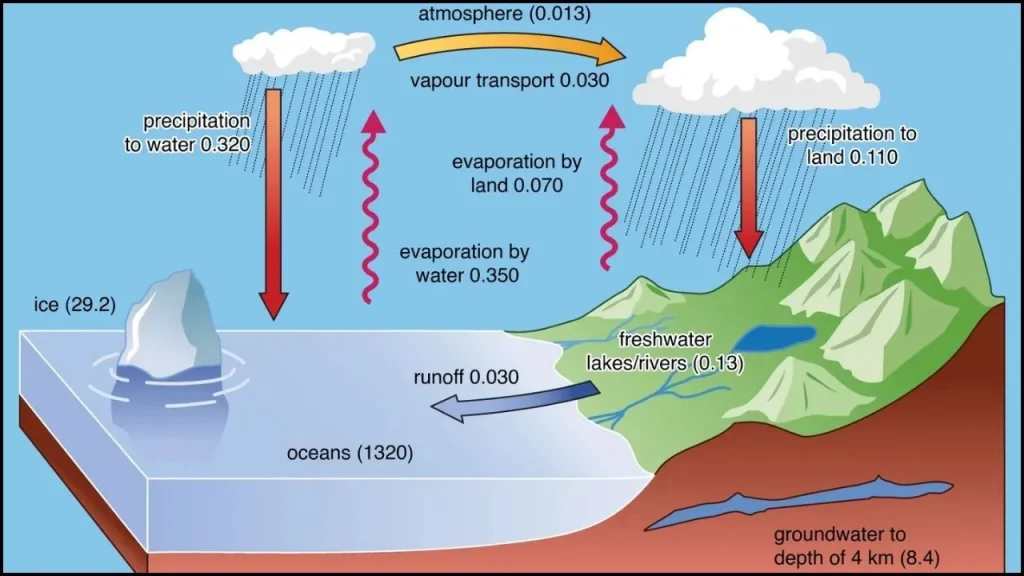
From there, the water either returns to the oceans or becomes part of rivers, lakes, or groundwater.
“This cycle ensures that water is constantly moving, but the molecules themselves remain incredibly old.”
explains NASA’s Earth Science Division.
The Finite Nature of Water
Despite water’s abundance on Earth, it is a finite resource. The total volume of water on the planet has remained relatively constant for billions of years. As Dr. Jay Famiglietti from the University of California, Irvine, notes, “The water we have today is the same water that has been on Earth for over 3 billion years. We’re not getting any more of it.”
This finite nature of water means that it must be carefully managed. The same water that nourished ancient life forms is still in use today, and it will continue to be used by future generations.
“The water we have today is the same water that has been on Earth for over 3 billion years. We’re not getting any more of it.”
Dr. Jay Famiglietti
Conclusion
The water we drink is a testament to Earth’s long and complex history. Whether it arrived from icy asteroids or formed deep within the planet, the water that sustains life today is ancient—more than 3 billion years old. Scientists have developed methods to trace the age of water, confirming that the molecules in our glass are as old as the planet itself.
Understanding the origins and age of water helps us appreciate its value as a finite resource. As we face growing challenges from climate change and water scarcity, the ancient water we depend on must be protected and conserved for future generations.
Also Read:
Evacuating Disasters Is A Privilege | Why Some Couldn’t Leave Despite Hurricane Milton Warnings!


